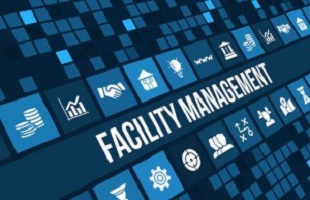
With energy efficiency being the key to saving more money and preserving the environment, more businesses should consider switching to VRF technology.
Most of the time, a commercial building’s existing HVAC system will be mounted on the roof. However, now and then, upgrades and retrofits, along with replacements, are needed to maintain and even improve overall energy efficiency. With energy efficiency being the key to saving more money and preserving the environment, more businesses should consider switching to VRF technology. Here is a look at how VRF technology can benefit your company.
Origins and Operations
Variable refrigerant flow-based technology was first unveiled in Japan in the early 1980s. Since then, it has become popular all over the world. Compared to the units aligned with conventional ASHRAE standards, such as ASHRAE 90.1 RTU units, you can increase your energy efficiency by anywhere between 40 and 50%. While those percentages might not seem as eye-catching as higher numbers, every little bit helps. The refrigerant inside these commercial HVAC systems is the secret ingredient for achieving its surprising results. It is where all of the cooling and heat transfer comes from; an outdoor condenser provides the air conditioning. The conditioned air is then sent into the building and distributed by associated fan-coil setups.
Heat Recovery and Heat Pumps
The next part about VRF technology that is important to understand is how the heat recovery and heat pump formats of the system are supposed to work. Heat recovery-based VRF systems use either two-pipe setups or three-pipe setups. This means that some parts of the building can be heated and others can be cooled, depending on the needs in certain places. Three-pipe systems work the same way as the two-pipe systems do. Compressors and water-cooling units are often interconnected with the heat recovery format.
Heat pump systems are slightly different. They use the two-pipe format but aren’t as flexible. Everything needs to be focused on either heating or cooling. Unfortunately, this can make them more expensive. Overall, energy usage goes up, but there is less maintenance needed.
Retrofitting
VRF technology is an ideal solution for retrofitting dilemmas. Older buildings have equipment that is already in place that can be upgraded; however, in some cases, the older technology isn’t there and has to be built brand-new. Ductwork is one factor that goes into deciding whether or not a retrofit will work. Plus, the multiple fan coils will also make maintenance tasks more complicated and more frequent. Changing the filters and dealing with condensation may not have been considerations before, but they will be now. Despite these reasons for hesitation, implementing the upgrades to bring VRF technology into your workplace can be worth it.
Crockett Facilities Can Help!
Crockett Facilities Services, Inc. (CFSI) is committed to helping building owners, property managers, engineers, and facility professionals lower their operating expenses through HVAC preventive maintenance. We can develop a cost-effective, customized preventive maintenance plan for your commercial building that will provide you with peace of mind, improved comfort, and energy savings. Click Here to Request a Quote
To learn more about the importance of HVAC Preventive Maintenance, please contact us at 202.600.2787 or mford@crockett-facilities.com. Our PM contract customers receive priority service with 24/7 emergency service in Maryland, Virginia and Washington, DC. Follow us on Facebook, Twitter, LinkedIn, and Pinterest!
